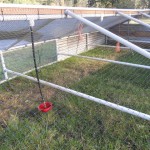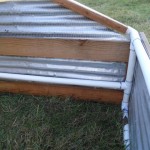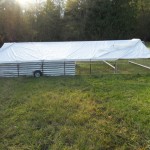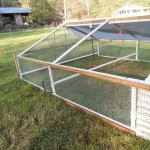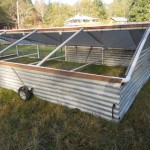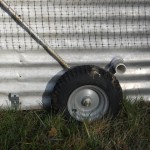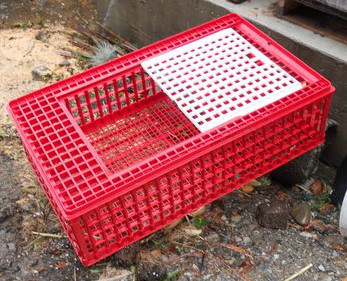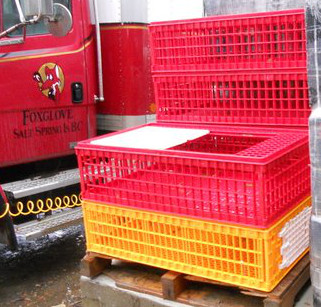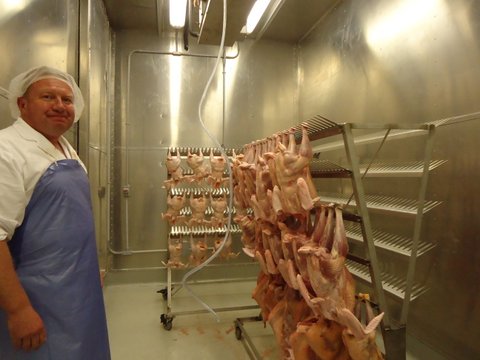The agriculture community on Salt Spring Island will be celebrating this week. The Salt Spring Abattoir will open on Friday September 28th to process turkeys for Thanksgiving, followed by chickens. The usual working days will be Wednesday and Friday, with Thursdays added if needed.
The red meat licence will be obtained when the last remaining items of equipment have arrived and been installed. This is anticipated in November, but the date cannot be guaranteed, so bookings should still be made off island if a firm processing date is needed.
An Open House will be held in December when all the work is complete.
The abattoir is located at 1447 Fulford Ganges Road, near Garner Rd. The buildings and trailer are moveable in the event that a permanent site can be found. All the buildings and equipment are owned by the community, through the Agricultural Alliance. It will be operated by employees of the Salt Spring Abattoir Society, formed in June 2012 for this purpose. The founding volunteer directors are Jean Brouard, chair, Sandy Robley, treasurer, Rollie Cook, secretary, Margaret Thomson representing the Agricultural Alliance and Mark Hughes who owns the site.
The Abattoir Society is working hard to raise the remaining money needed to achieve debt free status at the outset, which has been the goal from the start of this project. The final cost will be close to $400,000 covered by a government grant of $150,000 and the remainder by donations from the community. It will operate on a cost recovery basis, offering high animal welfare standards and fair wages for employees.
Membership in the Abattoir Society will cost $20 a year. It is not mandatory to be a member to have livestock processed, but members will be able to have a say in how the facility is run by voting at the AGM and choosing the future directors.
Due to a change in provincial regulations slaughter service has been unavailable on Salt Spring for the past 5 years, resulting in a marked decline in meat production, which appears now to be reversing. To make a booking for poultry processing before October 6th please write to windrush@telus.net or phone 250 537-4669. A website will be available soon with an online booking form.
The Salt Spring Livestock Producers group would like to thank Brent Baker who has done an amazing job of designing, redesigning, building and equipping this unique facility. Thanks are also due to the many local tradesmen who have contributed to this major agricultural project



